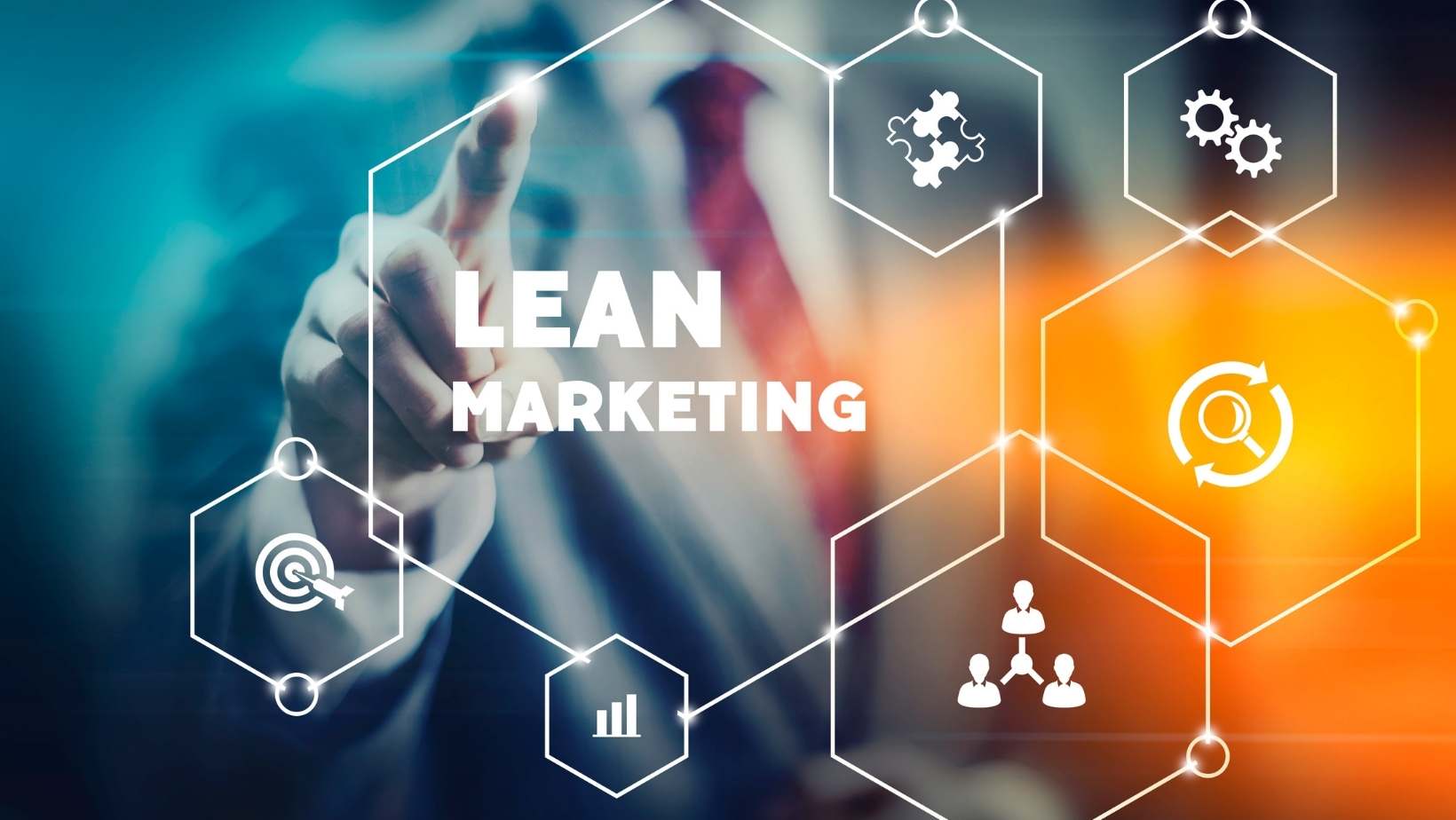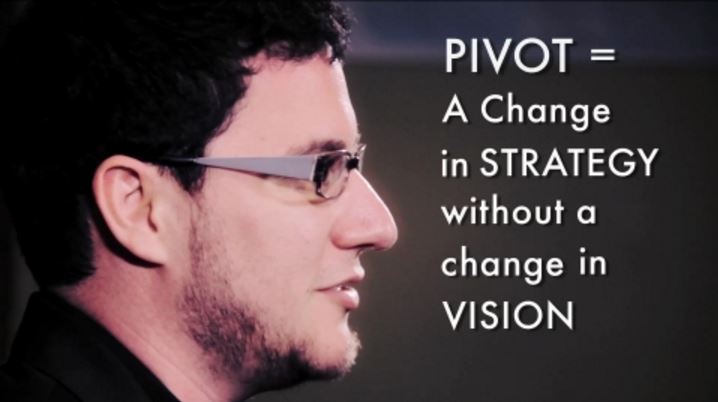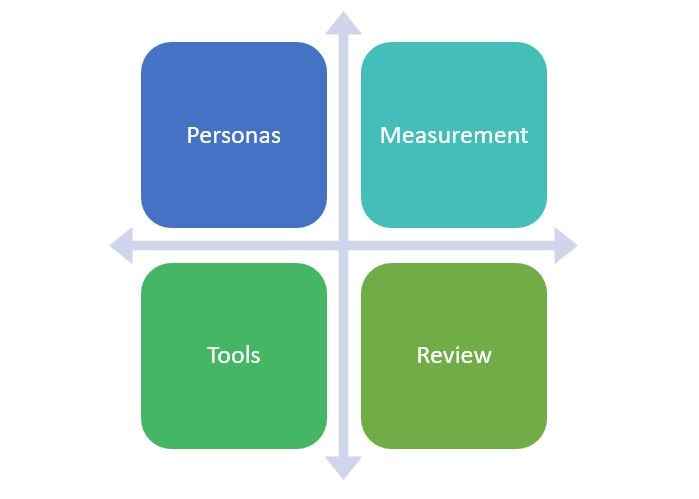
Page Contents
Introduction
Due to the dynamic nature of marketing, “Lean marketing” is fast becoming popular and there is a reason for it. As we know, marketers have to change priorities because of the nature of their job. And in the due course often lose focus, which creates haphazard processes. Hence, there is definitely a requirement for one such framework that will help them work more efficiently. Yet not messing up with the set processes.
Sometimes it is difficult to accept a problem unless we can understand it from multiple perspectives. The fact that 77% of companies report disconnects between Sales & Marketing functions says Aberdeen Research study.
Most of the people in companies, including CEOs, often don’t understand what exactly they do in Sales & Marketing, or even why they do it.
We rarely have defined processes that they can look at, and we speak in languages that they and especially our customers cannot comprehend.
Let us understand what is “Lean”?
Unless we understand the concept of Lean first, it will not be easy to appreciate it. The philosophy originated from Toyota’s Manufacturing System (TMS), also known as the “Toyota Way”.
With enormous success in Japan, subsequently, the concept was implemented by the American automobile manufacturers.
Until many years, it was preserved for enterprises that were involved in the manufacturing of goods and products.
However, the entrepreneur Eric Ries begins a series of experiments based on the lean concept. He authored a book “The Lean Startup,” where Eric gives a more elaborate explanation of how these concepts helped him build a platform for virtual avatars.
The idea behind the Lean methodology is to act faster, iterate frequently, and bring value without the wastage of time and resources.
The primary usage, of course, was in manufacturing and now the software development industry too accepted it. Similarly, he was confident that it will prove its importance in Marketing too.
Lean talks about “waste”. Waste is anything which doesn’t create value in the process chain.
This waste is the reason for deeper, more complicated problems. For example, a thousand-dollar ad campaign has no or very little impact on buyer behavior. Or, a sales promotion leads to massive stock-outs and customer complaints, then those are bigger problems (Waste).
It simply means they have generated lots of waste in the overall process. Not to mention the image of the company takes a beating.
Lean Marketing
Primarily, this lean marketing framework is focused on iteration, testing, and measurement, as they are the pillars of the Lean methodology.
It provides a lot of room for flexibility and smooth coordination with multiple departments, such as sales, marketing, or purchase, and helps identify simple and easy solutions to complex issues.
‘Transformation’ may sound like a tough and time-consuming activity for many. However, this is the place where the rubber meets the road. What makes a marketing team lean is the way it works and the way it measures.
Simply put, Lean marketing is a process of continuous improvement that seeks to validate at every step what is working and eliminate what doesn’t by careful experimentation.
Adopting lean marketing means being agile and having a unique mindset. The goal is to transform users into long-term customers at the same time break away from traditional marketing models.
This will help us achieve marketing objectives in a much faster way. Also, with a well-optimized budget to generate leads more easily.
Importance of Lean marketing
According to John Mullins and Randy Komisar in their book Getting to Plan B: Breaking Through to a Better Business Model, most businesses that are successful change their business model on the road to success. Change is inevitable.
So, lean recommends that instead of investing a significant amount of resources into a product, website or marketing campaign and hoping for the best, it is better to reduce the risk of failure. So, start small.
We can do so by acknowledging failure within the process, accepting it, and making swift and informed changes to strengthen the plan along the way.
Lean encourages cost reduction of the system automatically by averting big budgets before testing the market.
But It’s Not Just About Iterating… I’m kidding. It is just about iterating.
– Laura Klein, Author of UX of Lean Startups
The lean method focuses on the marketing process and can reduce waste in a campaign. It also encourages us to try new experiments that haven’t been tested before.
Difference between Lean Marketing Framework and Traditional Marketing?
In traditional marketing, the final product is determined beforehand, mostly without listening to customers. Yet, teams do not find themselves involved much. The decision comes from the top and the rest of the people were executioners. Not a great marketing plan.
Often, the marketing department happens to repeat certain activities until the end of time without measuring success regularly.
Another thing is customers’ interest is not constant, and they often get disengaged. They felt driven away by not precisely targeting and without personalized or creative messages.
This is precisely where lies the most valuable foundation of Lean, which is continuous improvement.
We should keep it in mind, never to take a good trend for granted, instead always try to pursue perfection.
Lean marketing relies on the below points:
Deliver faster
Split large, long-term deliverables into smaller tasks. Then deliver small pieces every few weeks and iterate toward an optimal solution.
Obviously, quicker is always preferred than a sluggish process. When defining the work we want to carry out, one should start working in smaller batches. It becomes easier to track and because of that, one can see the result of the work as reaching milestones. Work becomes faster too.
What more? With that, it becomes easier to test them faster and launch them quickly with respect to a marketing campaign.
The other aspect of fast is quick iterations. The core concept of Eric Ries’s movement is the Build-> Measure-> Learn cycle. By iterating multiple times, one can tremendously improve in every cycle compared to the previous one.

Daily Meets
Periodic status meets also known as feedback loops to discuss what’s working, what’s done, and what’s keeping your team from doing more.
One can start with daily stand-up meetings, a brief up to 15 minutes gathering will synchronize the team. They will come to know what is happening between members by keeping them on the same page. Every member shares his inputs, like what they have done the day before, what they will do this day and what are the challenges they have faced or think will face.
The daily stand-ups are an essential part of the marketing team that helps in reducing waste. They also facilitate finding and resolving members’ challenges before they turn into problems. Increasing peer-to-peer learning, so vital for every business to succeed.
Stay focused
The Lean marketing strategy encourages people to be focused and work on single tasks.
Multitasking is an absolute waste. It is known to lower productivity levels. Focus is a core element of Lean, and by using methods like Kanban, one can enhance it even further.
However, in real life, the scenario is different, especially when we are dealing with people. There is always something more important, so in the end, switching between multiple tasks. Still, this doesn’t mean one cannot improve the process.
So restricting the work in progress, we are in a better position to minimize the context switching and with that, accomplish things faster.
Dynamic Plans
Plans are not absolute. Eisenhower said that „Plans are nothing; planning is everything.“
Basically, plans are handy because they show the path to the team. Yet with Lean, it is about being flexible. So one will have to find the right balance between following a plan blindly and discarding it completely.
In Eric Ries’s methodology, this is called “pivoting.“ The decision whether you should pivot or preserve your current state must be backed up by data and not result from an impulsive urge.

Components of a Lean Marketing Strategy
People call it a strategy because switching to a Lean marketing process is a strategic move that will completely transform the way a team works.
There are a few elements, typical of Lean marketing. Lean suggests starting with what you do now. Work with what you have and gradually build upon it.

Personas
A properly targeted audience saves time and increases reach to potential customers.
We need to identify whom we are trying to engage. This knocks out the chances of engaging in wasteful conversations that are not targeted.
Measurement
We all know that if we can’t measure it, we can’t improve it.
Hence it is important to have data analytics that can evaluate behaviors and interactions.
Tools
Technological solutions that automate the marketing processes and check the quality of the content.
Marketing process automation, A/B testing, and lifecycle tracking to test and validate communications, design, and ideas.
Periodic review
An analysis of results and its publishing in the context of lean marketing is constantly iterative. Helps in making the required improvements in every churn.
The idea is to build on small designs, take those to the market, evaluate results, learn(good and bad both), and repeat using the lessons learned. A lean marketing strategy solves countless problems.
So, now we remodel our process into a tool supporting us to influence results with the help of empirical data and its analysis. Strictly, no guessing or estimating and only data-driven study and quantitative outcomes.
The objective is to optimize the strategy. Once a business achieves success, only then it can afford to spend on other tactics.
Lean Marketing in action
Rather than concentrating on considerable efforts or profits, it is better to conduct low-cost and low-effort tests to see if my tactic is working.
For example, instead of spending days brainstorming and producing a few new videos for a company vlogs, one can make a list of topics you want to cover and send that list to your viewers.
Based on customer feedback, we should choose a topic. This will help to make the right decision and a lean methodology in working. Spend time writing more instead of wasting the efforts. Once it becomes clear what customers’ needs are, choose only one or two marketing channels to reach them.
We should remember that most of them are likely to be irrelevant, so it is quite okay to discard some of these ideas. Focus on high-performing channels for your company, for example, social media Facebook, LinkedIn, Instagram, Snapchat, Pinterest, and YouTube, among others.
From your own website, single-channel: Blogging, White Papers, eBooks, Podcasting.
Conclusion
Lean Marketing allows us to optimize resources to the maximum and focus on what really matters at the same time, discarding what is redundant or irrelevant.
One of the greatest strengths of the Lean Marketing approach is constantly exchanging ideas, feedback and information with the customers. It is vital to the success of any marketing action, irrespective of whether it is sales-oriented or brand awareness building.
Thanks to the lean approach, businesses can now find efficient ways to leverage the voice of customers, creating value and trust.